Asana yoga, an essential detail of yoga exercise, involves diverse bodily postures and poses designed to beautify flexibility, energy, and stability. Beyond the bodily benefits, asanas play a crucial characteristic in intellectual well-being, promoting rest and mindfulness. This whole manual will delve into asana yoga, exploring its facts, advantages, famous poses, and suggestions for beginners. Whether you are new to yoga or seeking to deepen your exercise, this newsletter offers valuable insights to help you in your adventure.

What is Asana Yoga?
Asana yoga refers to the workout of physical postures in yoga. The period “asana” comes from the Sanskrit word for “seat” or “posture.” These poses are designed to enhance physical health, increase flexibility, and put together the body for meditation. Each asana desires specific muscle organizations and offers particular benefits, contributing to standard well-being. By jogging in the path of asanas, people can reap a harmonious balance between their frame and mind, foremost to superior physical and intellectual health.
History of Asana Yoga
The origins of asana yoga may be traced lower back to ancient India. Initially, asanas have been seated poses used for meditation and spiritual practices. Over time, the exercise advanced to encompass an extensive style of postures, stimulated by diverse yoga traditions and texts just like the Yoga Sutras of Patanjali and Hatha Yoga Pradipika. Today, asana yoga is a critical element of current yoga exercises globally. The evolution of asanas reflects the converting needs and expertise of the human body and its connection to the thoughts and spirit.
Physical Benefits of Asana Yoga
One of the number one motives human beings practice asana yoga is for its numerous physical benefits. Regular exercise can enhance flexibility, increase electricity, and beautify balance. Additionally, asanas can help alleviate persistent aches, improve posture, and boost ordinary bodily persistence. Engaging in these postures additionally promotes better circulation and supports the frame’s detoxing technique. Improved flow aids in delivering oxygen and vitamins to tissues, at the same time as detoxing enables take away pollution, selling usual fitness.
Mental Benefits of Asana Yoga
Beyond physical improvements, asana yoga substantially influences high-brow health. The recognition and attention required all through practice assist calm the mind and decrease stress. Many human beings find out that asana yoga complements their temper, alleviates anxiety, and promotes a revel in internal peace. The meditative aspects of asanas can also beautify sleep satisfaction and enhance ordinary emotional well-being. By integrating asana yoga into their everyday ordinary, human beings can amplify a resilient and extraordinary mindset, important to a more balanced life.
Essential Asanas for Beginners
If you’re new to Asana Yoga, starting with critical poses can assist gather a strong basis. Some essential newbie asanas embody:
Mountain Pose (Tadasana)
How to do it: Stand together together together with your feet together, hands at your factors. Distribute your weight gently at some unspecified time within the destiny of every toe. Engage your thigh muscle corporations, boom your kneecaps, and boom your tailbone in the direction of the floor. Inhale deeply, elevating your palms overhead with hands dealing with each incredible. Hold the pose for several breaths.

Benefits: Improves posture, stability, and interest. It allows you to enjoy being grounded and related to the earth.
Downward-Facing Dog (Adho Mukha Svanasana)
How to do it: Start on your palms and knees. Spread your arms large, pressing firmly into the mat. Tuck your feet underneath and raise your hips inside the route of the ceiling, straightening your legs as an awful lot as possible. Keep your head among your hands and your ears aligned at the facet of your better fingers. Hold the pose for several breaths.
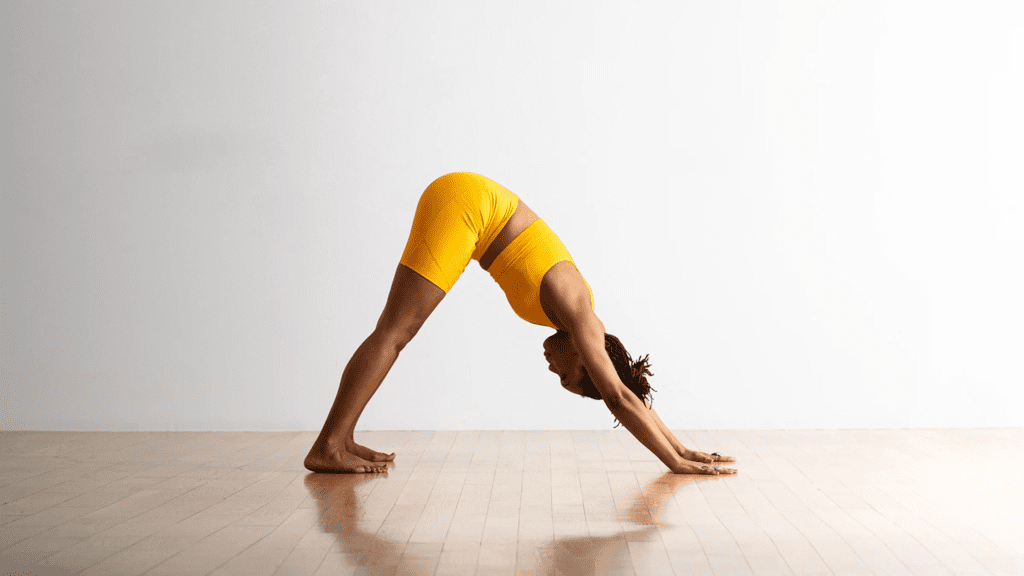
Benefits: Strengthens the legs and arms, and stretches the shoulders, hamstrings, calves, and arches of the feet. It furthermore calms the mind and relieves strain.
Child’s Pose (Balasana)
How to do it: Kneel on the ground, touching your massive feet collectively, and sit in your heels. Separate your knees approximately hip-width apart. Exhale and lay your torso down on your thighs. Extend your fingers ahead, hands down, and rest your brow on the mat. Hold the pose for several breaths.
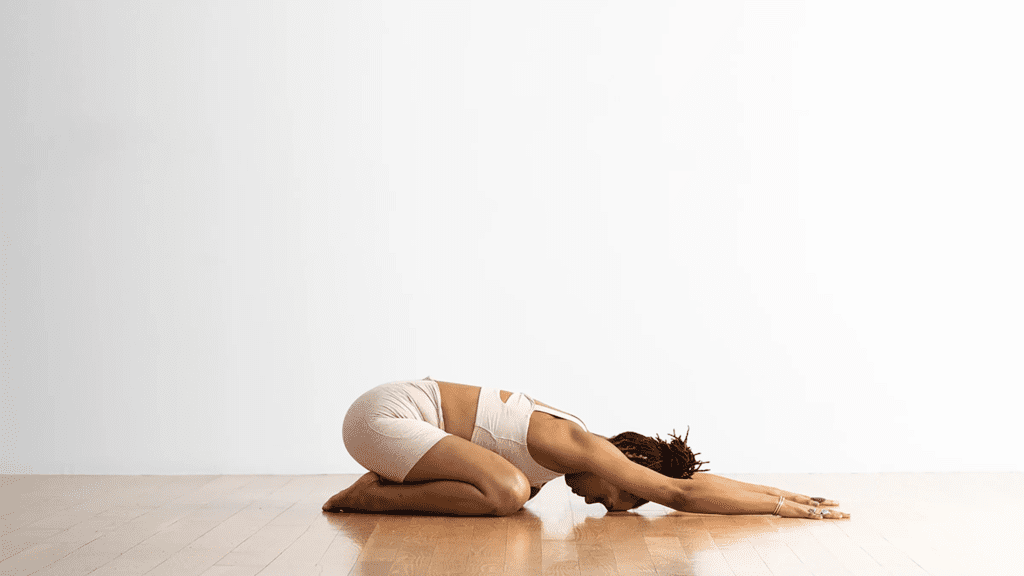
Benefits: Provides a slight stretch for the hips, thighs, and ankles. It moreover promotes rest and strain alleviation.
Progressing to Intermediate Asanas
Once you are cushty with the basics, you can strive for greater harder poses. Intermediate asanas to discover embody:
Triangle Pose (Trikonasana)
How to do it: Stand at the aspect of your feet about 3 toes apart. Turn your proper foot out ninety tiers and your left foot slightly inwards. Extend your palms out to the edges at the shoulder top. Reach your proper hand earlier, then decrease it on your shin, ankle, or the ground outside your proper foot. Extend your left arm within the path of the ceiling, keeping your chest open. Hold the pose for several breaths, then switch factors.

Benefits: Stretches the legs, hips, and resolution. It moreover improves balance, attention, and balance.
Warrior II (Virabhadrasana II)
How to do it: Stand together alongside your toes about 4 toes aside. Turn your right foot out 90 degrees and your left foot slightly inwards. Extend your palms out to the rims at the shoulder top. Bend your right knee, aligning it over your right ankle. Keep your left leg straight away and robust. Hold the pose for several breaths, then transfer additives.
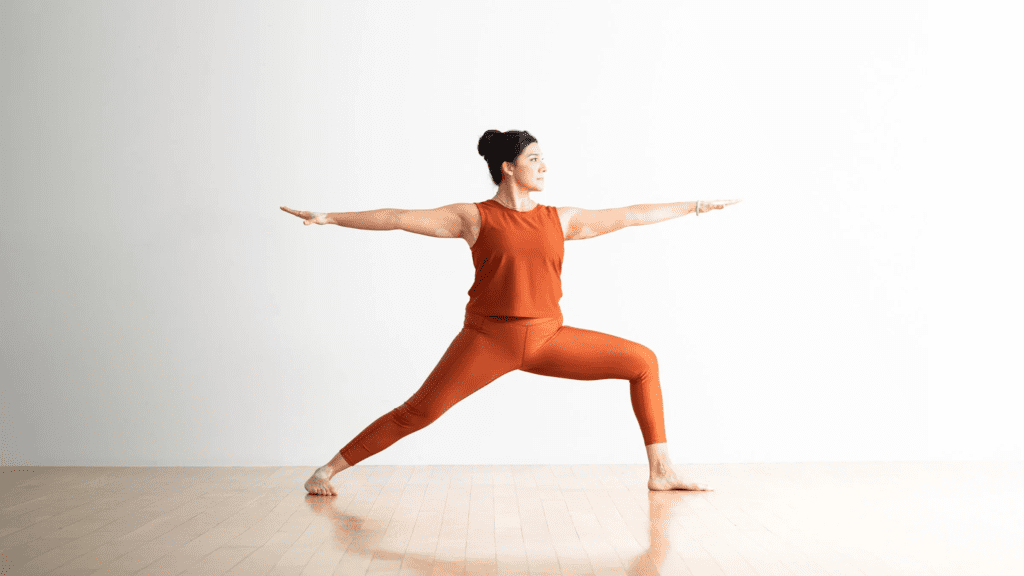
Benefits: Strengthens the legs, opens the hips and chest, and complements stamina and hobby.
Bridge Pose (Setu Bandhasana)
How to do it: Lie for once more along the aspect your knees bent and feet flat on the ground, hip-width apart. Place your fingers at your elements, palms down. Press into your feet and raise your hips in the course of the ceiling. Clasp your hands under your another time and press your fingers into the mat. Hold the pose for numerous breaths.

Benefits: Opens the chest, neck, and determination. It moreover strengthens the lower decrease lower returned, buttocks, and hamstrings.
Asana Yoga for Beginners
For those new to asana yoga, starting with basic poses is critical. Begin with simple postures like Mountain Pose and Child’s Pose to build a basis. Focus on your breath and preserve the right alignment to prevent harm. Joining an amateur’s yoga elegance can provide steering and help, making sure you research the proper strategies. Beginners should also be patient and permit their bodies to adapt to the new actions, step by step growing the complexity and length of their practice.
Incorporating Asana Yoga into Daily Life
Integrating asana yoga into your daily recurring ought not to be time-consuming. Even a brief day of practice can yield great advantages. Set aside a couple of minutes each day for yoga, whether or not in the morning to energize your day or during the night to unwind. Consistency is key to experiencing the long-term benefits of asana yoga. Establishing a devoted area for practice can also assist create an ordinary and make it less difficult to incorporate yoga into daily existence, ensuring that it turns into a natural part of your way of life.
Tips for Practicing Asana Yoga
- Start Slow: Begin with fundamental poses and progressively develop into more advanced asanas.
- Listen to Your Body: Pay attention to your frame’s indicators and keep away from pushing yourself too hard.
- Focus on Breath: Coordinate your movements with your breath to enhance the practice’s meditative great.
- Stay Consistent: Regular exercise is more beneficial than occasional severe classes.
- Seek Guidance: Consider joining a yoga magnificence or using online sources to study proper techniques.
By following those pointers, practitioners can build a safe and powerful yoga practice. Understanding the significance of alignment and breath can save you injuries and enhance the overall experience, making yoga a sustainable
Advanced Asana Poses
For human beings with more experience, superior asanas offer additional traumatic conditions. These include:
Crow Pose (Bakasana)
How to do it: Start in a squat collectively along with your feet near together and your hands on the floor in the front of you. Bend your elbows and vicinity your knees at the backs of your pinnacle palms. Shift your weight beforehand, lifting your feet off the ground and balancing your hands. Hold the pose for numerous breaths.

Benefits: Builds arm strength, improves balance, and enhances attention and attention.
Headstand (Sirsasana)
How to do it: Kneel on the floor and interlace your hands, growing a cup form collectively with your fingers. Place the top of your head on the ground, cradled via your palms. Lift your knees off the ground and stroll your toes towards your head. Slowly deliver your feet off the ground, straightening your legs closer to the ceiling. Hold the pose for several breaths.
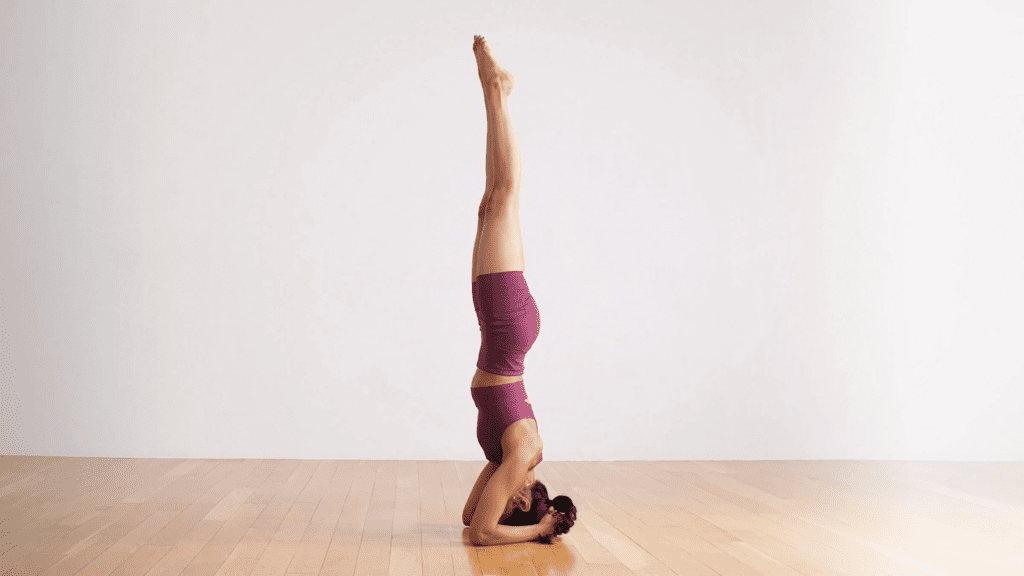
Benefits: Increases movement to the mind, enhances recognition and intellectual clarity and strengthens the shoulders, hands, and middle.
Wheel Pose (Urdhva Dhanurasana)
How to do it: Lie to your again with your knees bent and feet flat on the ground, hip-width apart. Place your palms on the ground beside your ears, palms pointing closer to your shoulders. Press into your hands and feet, lifting your hips and chest toward the ceiling. Straighten your arms and legs as much as possible. Hold the pose for numerous breaths.
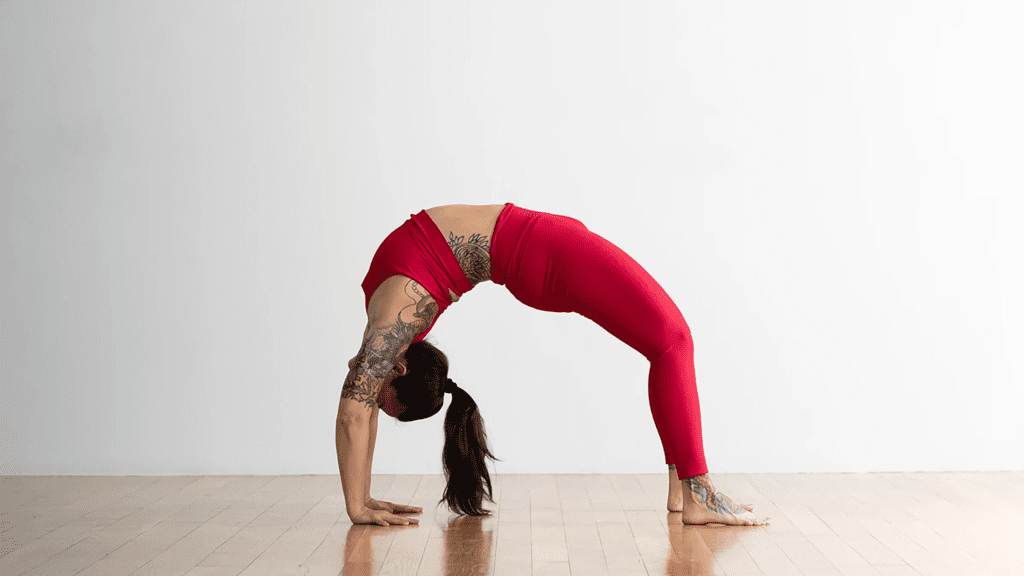
Benefits: Deepens returned flexibility, strengthens the entire body, and energizes the mind and frame.
Common Misconceptions approximately Asana Yoga
There are numerous misconceptions approximately asana yoga that may deter people from the beginning. Some believe yoga is handiest for the bendy or that it is a physical practice. Asana yoga is offered to everybody, regardless of age or health degree. It’s a holistic exercise that benefits each frame and mind. By addressing those misconceptions, greater humans can revel in the transformative electricity of asana yoga, knowing that it is a practice intended for all of us, no longer simply the bodily adept.
Asana Yoga and Meditation
Asana yoga serves as a gateway to meditation. The physical postures put together the frame by liberating anxiety and promoting stillness. Incorporating meditation into your yoga practice can deepen your mindfulness and beautify the general benefits of yoga. Start with quick meditation periods and regularly enlarge the period as you grow to be more cushy. This integration allows for a holistic approach to wellness, combining physical and mental practices to acquire a balanced state of being.
Conclusion
Asana yoga gives a wealth of blessings for the body, thoughts, and spirit. Whether you are looking to improve your physical health, lessen pressure, or cultivate internal peace, asana yoga can be a transformative exercise. Remember to start slowly, pay attention to your body, and live constantly. With willpower and mindfulness, you could unencumber the whole ability of asana yoga and decorate your basic well-being.
In Summary:
- Start with simple poses and progress step by step.
- Focus on breath and alignment.
- Practice often for cumulative advantages.
- Seek steering whilst needed.
- Incorporate meditation for deeper mindfulness.
Asana yoga is a journey of self-discovery and increase. Embrace the exercise, and you will locate stability, energy, and serenity in each pose.